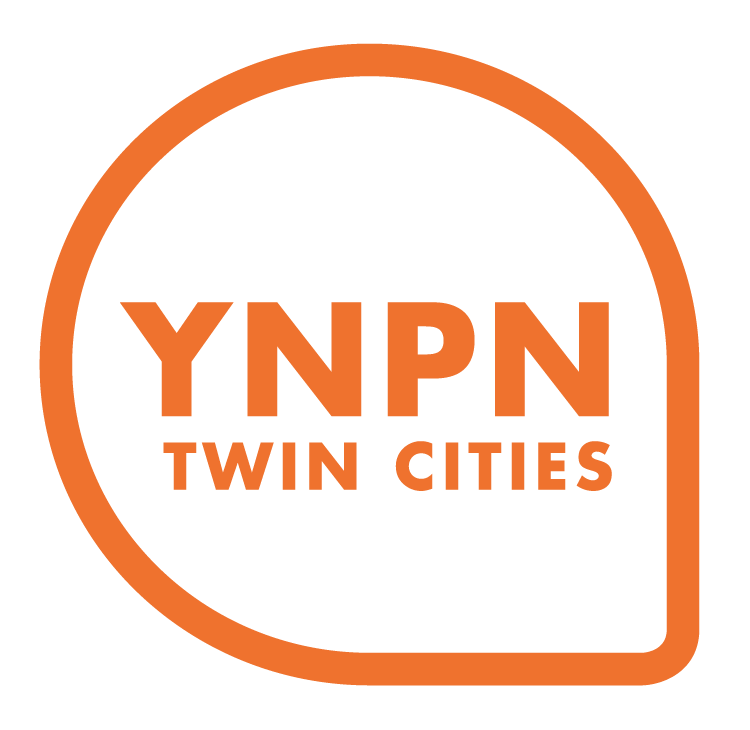Results-Oriented Work Environment: Can it work for nonprofits?
by Erin Sapp
When Minnesota giant Best Buy moved to a results-oriented work environment (ROWE)—no specified working hours, just particular job outcomes to be achieved—the rest of the corporate world held its breath to see what would happen. Now, five years later, Best Buy enjoys high rates of productivity, retention and employee-satisfaction. Having worked for a variety of nonprofits, public and private clients as an independent contractor, my career has been focused primarily on the outcomes of my work, rather than the hours I punch on the clock. I believe that the time is ripe to explore if ROWE could work in the nonprofit sector.
The ROWE model has been incredibly successful in the for-profit sector. Employees are responsible for specific outcomes and activities, but can conference into a meeting from vacation or complete their report writing in the evening hours after their kids have gone to bed. These sorts of flexibilities do not stifle the greater goals of the company, but rather help to ensure its success by requiring that particular outcomes be achieved rather than time logged, which may or may not end in the desired result. Since we know this model can work in the for-profit world, can it work (or be adapted to) the nonprofit one?
Some activities, like working with youth after school or conducting an intervention with a family crisis, are schedule-dependent. You can’t “flex” your time and achieve the same results.
However, much of the work surrounding these concrete in-person activities can be flexed: writing the after-school curriculum and filing the paperwork from the crisis meeting. The benefits of employing ROWE could go a long way in helping nonprofits: Accurate target shooting. Nonprofits could more accurately set goals and timelines for their work under ROWE.
Expectations about work and outcomes between employers and employees are clear, thereby helping improve efficiency and transparency. Encouraging work-life balance. Under ROWE, employees could be rewarded by doing their jobs efficiently and effectively by having more time to spend on professional development and personal or family time to help alleviate burnout—a common problem in the nonprofit sector. Keeping good employees in place. Having a flexible work environment based on trust—getting your work done in your own way—goes a long way with employee satisfaction and therefore retention. Fair pay for fair work. Compensation can be set according to outcomes—arguably more fair than by hours logged (What if one employee can finish the same amount of work in 3/4 of the time as another?).
I think ROWE can be successful in the nonprofit world in a kind of hybrid model that accommodates the unique purpose of nonprofits’ work. Given the service-oriented focus of nonprofit organizations, a model that expects employees to conduct their in-person activities as they would in a traditional work environment while allowing them the ROWE for everything else could just be the ticket to get nonprofits on the road to efficiency and innovation. Let me know your thoughts (or concerns) on results-oriented work environments. Do you think your nonprofit is ready for ROWE? Why or why not?
-Erin Sapp-


